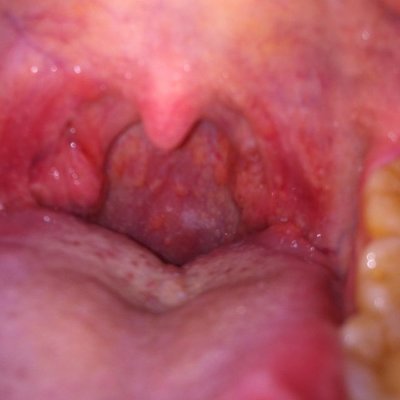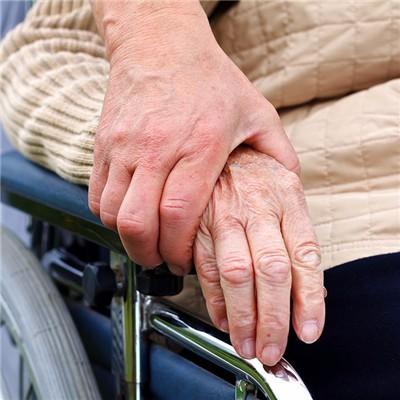Atypical symptoms of infantile epilepsy?
summary
The incidence rate of epilepsy in children is high, which deserves our attention. In the impression of children with epilepsy is often general convulsions, mouth foaming, rolling eyes and other symptoms, but parents often ignore other potential atypical symptoms of children with epilepsy, in fact, there are three cases of children with epilepsy more hidden, parents need to pay close attention to.
Atypical symptoms of infantile epilepsy?
Febrile convulsion is very common in children from 6 months to 3 years old. Generally, it will not appear again after 6 years old. However, some children over 6 years old still have cramps as soon as they have a fever, and some even have low fever. Some children have too many febrile convulsions, and they may change to epilepsy if they have cramps for 5 or even more times. The probability is about 5%.
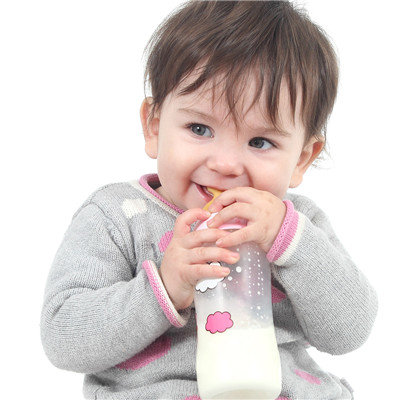
For example, when a child is eating or picking up vegetables, he suddenly stops in a daze. It looks like he has settled down. In fact, he suddenly loses consciousness. After he wakes up, he can't remember what happened just now. Parents should pay attention not to confuse the convulsions of epilepsy with the chills before high fever. The latter is mainly manifested as chills, cold hands and feet, body shaking, but conscious, eyes conscious, and convulsive symptoms of epilepsy are significantly different.
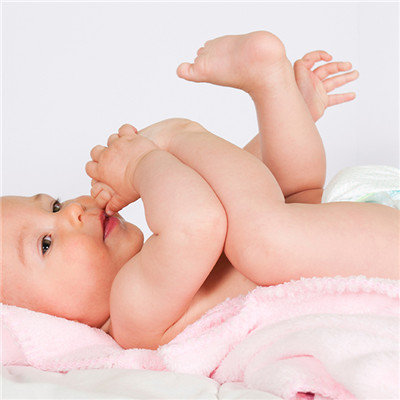
It may occur at noon and at night, especially in school-age children. Because children sleep alone, parents often find it difficult to find.
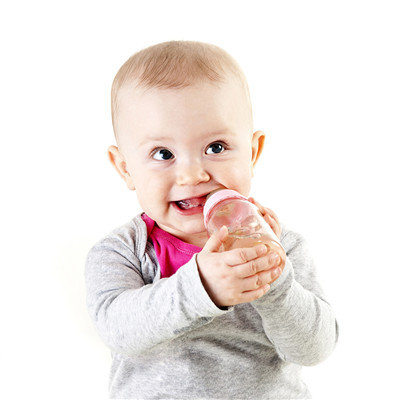
matters needing attention
About 20% to 30% of the patients with epilepsy still have frequent seizures despite standard and systematic drug treatment, which is called drug-resistant epilepsy. This kind of epilepsy patients can only achieve the purpose of controlling the disease, reducing seizures, or even no longer seizures through surgery. And there is no minimum age limit for surgical treatment of epilepsy. Some developed countries emphasize early operation for the treatment of intractable epilepsy in infants.




